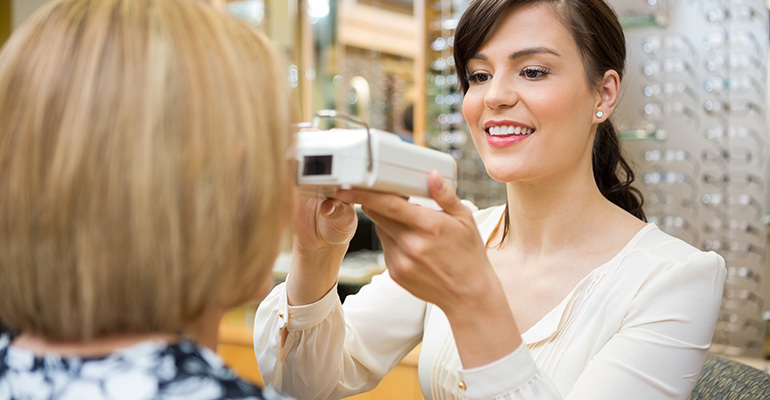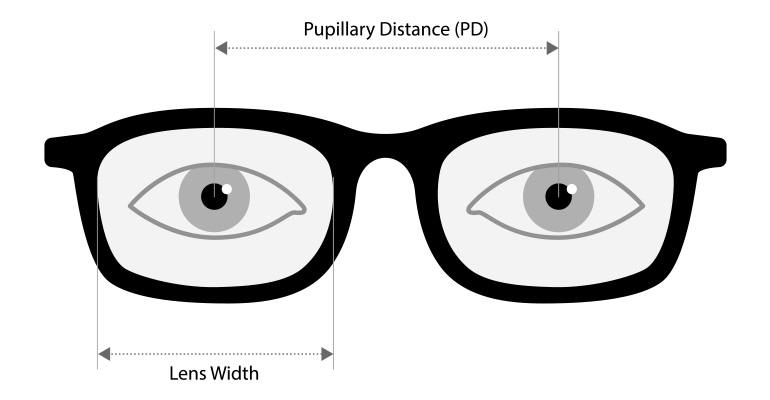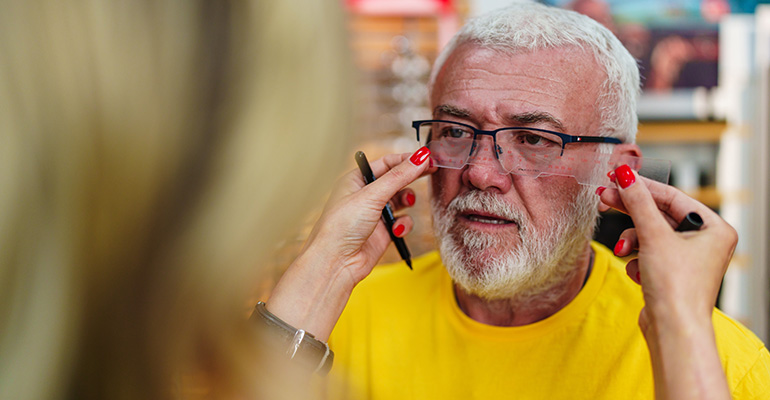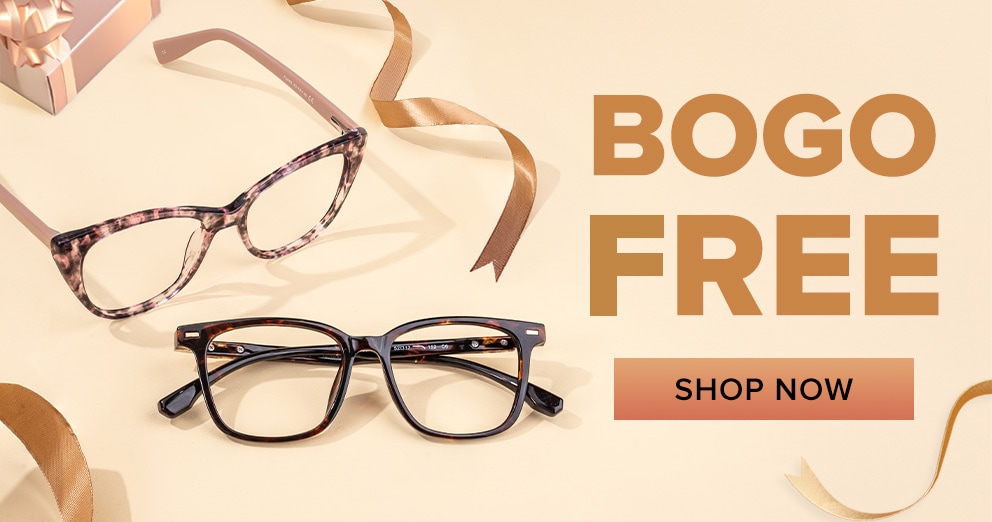Is Pupillary Distance Important?
Oct 18, 2024

Pupillary distance is an important part of your eye prescription, essentially it's the distance between the center of your pupils.
If your PD is wrong then it could cause vision discomfort and other vision problems.
We will discuss exactly what this distance is, why it’s so important, the benefits, and how to measure it in our guide below.
What Is Pupillary Distance?
Pupillary distance also known as PD means the distance between the center of one pupil to the other. Your PD determines which part of the lens you look through for clarity.
Single PD Vs Dual PD
When looking at pupillary distance there are two different types -
Single PD
This is the standard distance from one center of a pupil to another and is called binocular PD.
Dual PD
This measurement is needed for reading glasses and is the pupillary distance of two numbers. It has two numbers, for example, 30/31. The first number of this measurement is monocular PD for the right eye (O.D) and the second number is monocular PD for the left eye (O.S).
Two numbers, 62/59, are only used for reading glasses. The first number is your distance PD for regular glasses and the second is your near PD for reading glasses.
Is Pupillary Distance Important When Ordering Glasses?
Pupillary distance is essential when ordering glasses, an accurate PD measurement ensures the lenses are aligned correctly promoting clear vision and comfort. If your PD is wrong then it might cause eye strain, fatigue, or blurred vision.
Benefits Of Correct Pupillary Distance
Lots of people overlook pupillary distance, but it ensures a number of benefits for your vision such as -
Comfort - An accurate PD means a comfortable fit which reduces the need to adjust your glasses often and reduces eye strain.
Enhanced visual experience - This allows for a wider field of view especially with high prescription users.
Prevention of headaches - The correct PD stops headaches which can happen with inaccurate eyewear fitting.

What Happens If You Wear Glasses With The Wrong PD?
If you wear glasses with the wrong PD it can make it harder to see fine details, read small print, or recognize faces from a distance.
Wearing glasses with an incorrect PD can cause blurriness, headaches, and eye strain and make existing vision problems worse due to the misalignment of lenses with the eye's focal points.
Measuring Pupillary Distance
There are two ways to measure your pupillary distance, either at home or at the optometrist's office. For the optometrist's office, they will use a PD ruler or an optometer during the eye exam.
To measure your pupillary distance at home you can either do it in two ways -
Mirror technique - Look into the mirror and place a small object at the edge of one's pupil's reflection. Without moving your head see where the object aligns with the other eye and measure the distance.
Home PD measuring tools - You can buy some home PD measuring kits online which can give you more accuracy than other methods.
Choosing The Right Glasses At GlassesShop
GlassesShop has been around since 2004 and has a wide variety of frames and glasses such as single vision, bifocal, and progressive lenses with over 1800 frames available. We have a diverse selection available to ensure a comfortable fit.
Just a few of our options are -
Glasses with adjustable nose pads make them more comfortable.
Spring hinge glasses are the perfect combination of durability, flexibility, and comfort.
Screwless glasses remove the concern of losing screws.
Glasses with high-index lenses.
If you are unsure how to choose your glasses we recommend using our try before you buy tools such as; try before you buy, allowing you to order up to five pairs glasses to try before buying, our virtual try-on tool, and our fit and quiz. We also have an info guide on how to choose glasses.
We also have a number of deals on offer such as buy one get one free, clearance sales, and coupon codes. We currently have 50% off for new arrivals and a flash sale with all glasses for $7 and an extra $1 off for new customers.
There is free shipping for orders over $69 and a 365-day guarantee for all our glasses.
